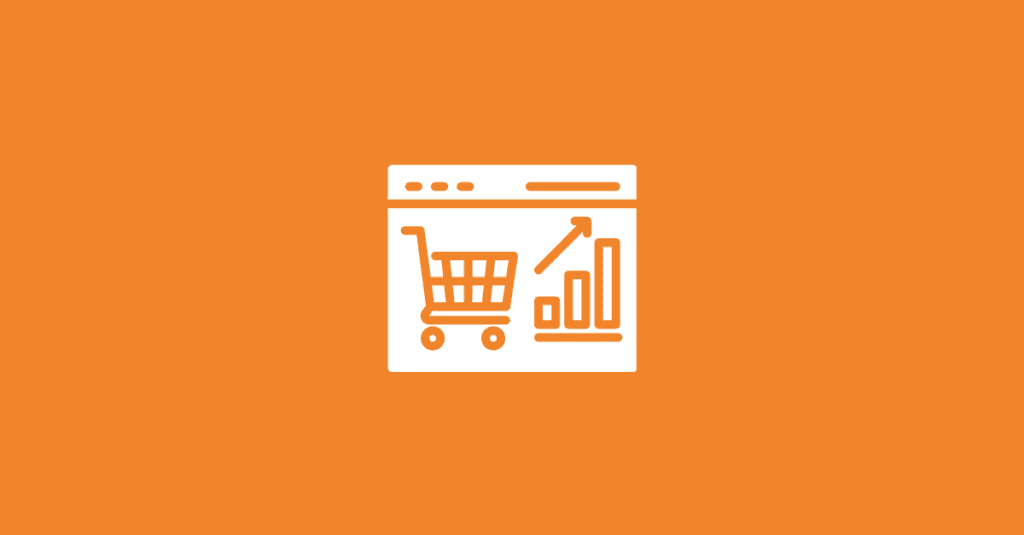If you’re struggling with customer acquisition or retention, you need a good analytics tool to identify what’s causing the problem. Even if you’re not struggling, if you want to make sure you never do (or want to take things to the next level) analytics are the answer.
There are plenty of industry-agnostic website visitor tracking tools[1] out there, but ideally, you’ll want something built for eCommerce. That’s why we compiled this list of the top 5 eCommerce analytics tools based on customer satisfaction (according to G2’s eCommerce analytics software listings).
5. Woopra
Woopra bills itself as a “Customer Journey Analytics solution.”
What does that mean? It means you can track every shopper action on your website and access advanced analytics to determine how to optimize your customer journey. With Woopra, you can combine touchpoints from marketing, sales, and support so that you can identify trends, segment your customers, and increase customer retention.
The core functionality of Woopra is free, but you’ll pay at least $350/mo for advanced analytics and other features. The core features include tracking 500K actions/mo, 90-day data retention (i.e., you won’t be able to pull year-over-year reports and other historical data), “Core Analytics,” and over 30 integrations.
You can learn more about the different features available on Woopra’s pricing page.
As of this writing, Woopra has 4.4 stars out of 5 with 174 reviews.
4. OWOX
OWOX is a business intelligence tool that enables marketers to collect, clean, and blend data from multiple services, including ad platforms, CRMs, and call-tracking software.
This eCommerce analytics tool has myriad features to help you acquire more customers at a higher ROI. It collects cross-device data from over 135 sources so that you can build comprehensive reports to drive better decision-making. Most importantly, you can blend that data with offline marketing channels so that you can monitor and optimize the performance of your omnichannel marketing campaigns.
OWOX has a free plan that will suit the needs of most smaller eCommerce companies.
If you want to import cost data from your ad platforms into Google Analytics, you’ll need the Cost Data plan, which costs $85/mo. But you can already import cost data from third-party sources with the free plan.
The next plan is the Basic plan, which allows you to collect and process data in Google BigQuery. It’s $115/mo, and you won’t need it unless you have someone on your team who understand how to use BigQuery.
As of this writing, OWOX has 4.9 stars out of 5 with 240 reviews.
3. Heap
Heap helps identify bottlenecks and drop-offs in your customer journey so that you can optimize the customer experience. It touts itself as being “better than Google Analytics” because:
- It “[d]elivers a complete view of customers’ behavior throughout the user journey — not just how people arrive at your site.” But that’s misleading. If you know how to use Google Analytics, you can see much more than just how people arrive at your site.
- It “[p]rovides a full foundation of behavioral data without manual tracking and long implementation times.” This is possible with Google Analytics, but not automatically. Heap tracks everything with a feature called auto capture.
- It “[e]asily enables cross-device tracking event data, and web, mobile, and server-side tracking in granular detail.” You can do this with Google Analytics, but maybe not with the same granularity.
Heap has a free plan, but if you get more than 10,000 visits a month it won’t be enough, and the next plan starts at $3,600 a year.
As of this writing, Heap has 4.3 stars out of 5 with 699 reviews.
2. edrone
edrone calls itself an AI-powered CRM designed specifically for eCommerce businesses. It’s on the expensive side compared to most CRMs, but it’s a lot more than a CRM. It provides features you don’t normally see in a CRM, such as personalized product recommendations.
It also includes customer intelligence, marketing automation, eCommerce personalization, and more. So it’s more of a marketing platform with a CRM. Whatever you call it, it’s certainly a powerful eCommerce analytics tool.
The company doesn’t list pricing on its website, but according to G2, pricing starts at €400/mo. Depending on your needs, edrone’s robust feature set might be worth it.
As of this writing, edrone has 4.8 stars out of 5 with 106 reviews.
1. Mixpanel
With Mixpanel, you can segment them, analyze how they interact with your store, understand why they convert, and see what behaviors lead to better customer retention.
It’s a powerful platform, but it takes some time to learn how to use it to its full potential. Of course, that’s true for every tool on this list. Analytics software tends to have a learning curve.
If you have the budget, there are Mixpanel consultants available through Mixpanel’s partner program and elsewhere. They can help you figure out what you need to know to reach your goals and then set up a dashboard for you that will deliver that information.
In addition to being the highest-rated tool in terms of customer satisfaction, Mixpanel is also the most affordable. It has a free plan, and the paid plan is only $25 a month (unless you need an enterprise account, in which case you’ll have to talk to sales).
As of this writing, Mixpanel has 4.5 stars out of 5 with 753 reviews.
Do You Have the Right eCommerce Analytics Tools in Your Toolbox?
It’s hard to get things done without the right tools, and analytics software is definitely a must for effective eCommerce marketing. Look at these eCommerce analytics tools and see if one of them makes sense for your business. If not, there are plenty more where those came from!
